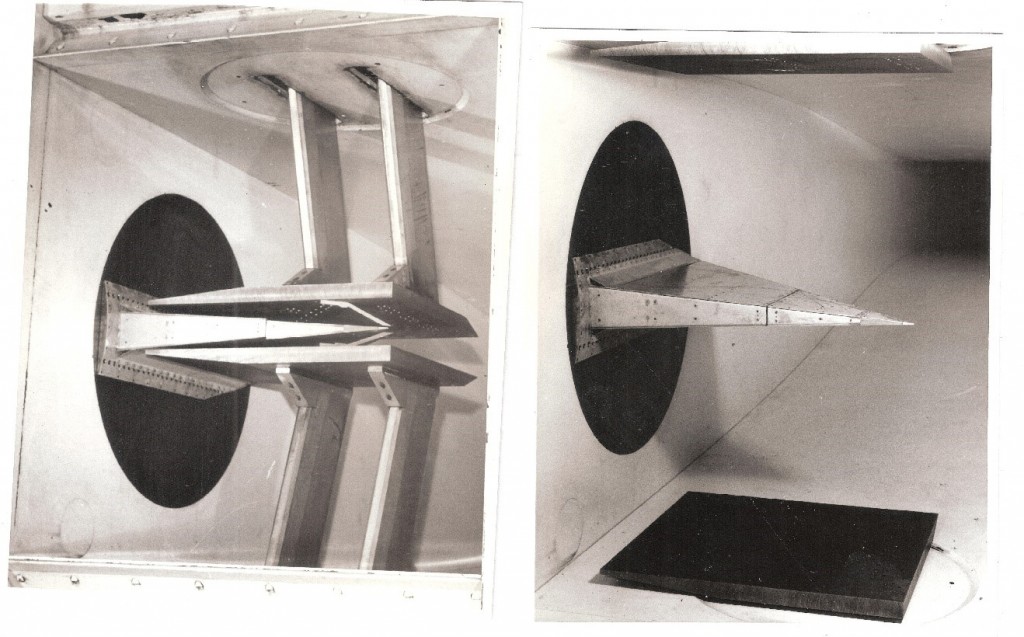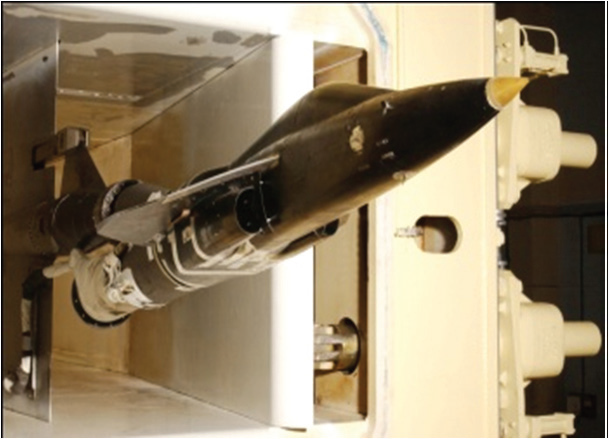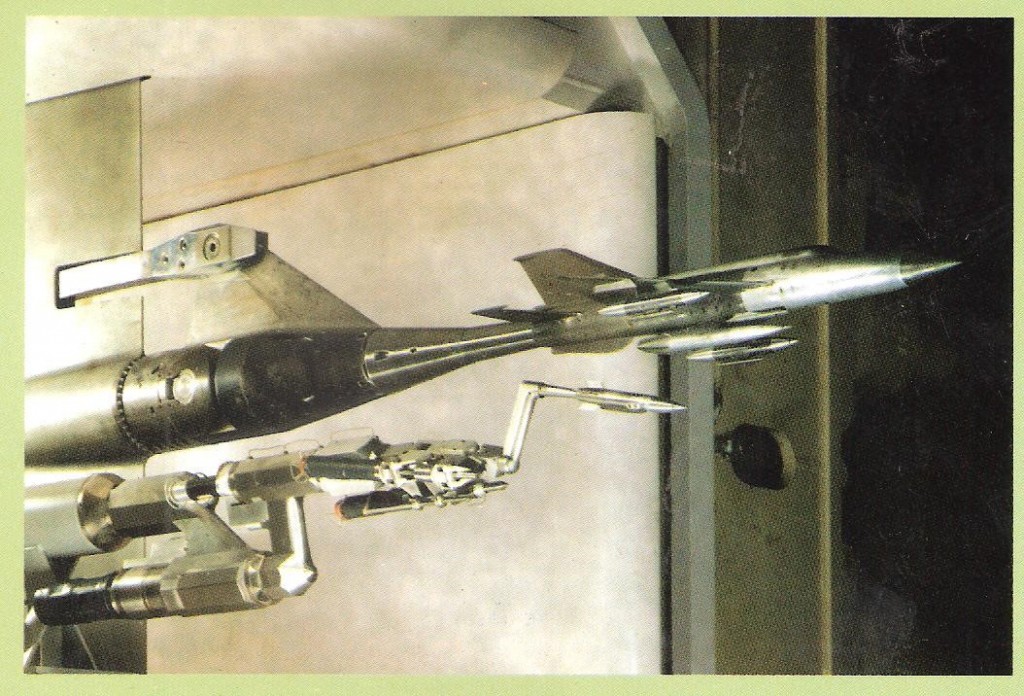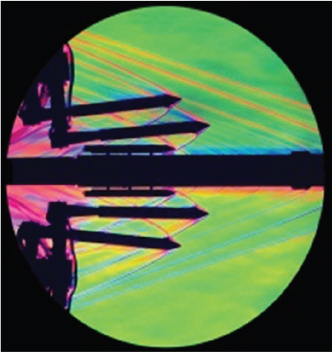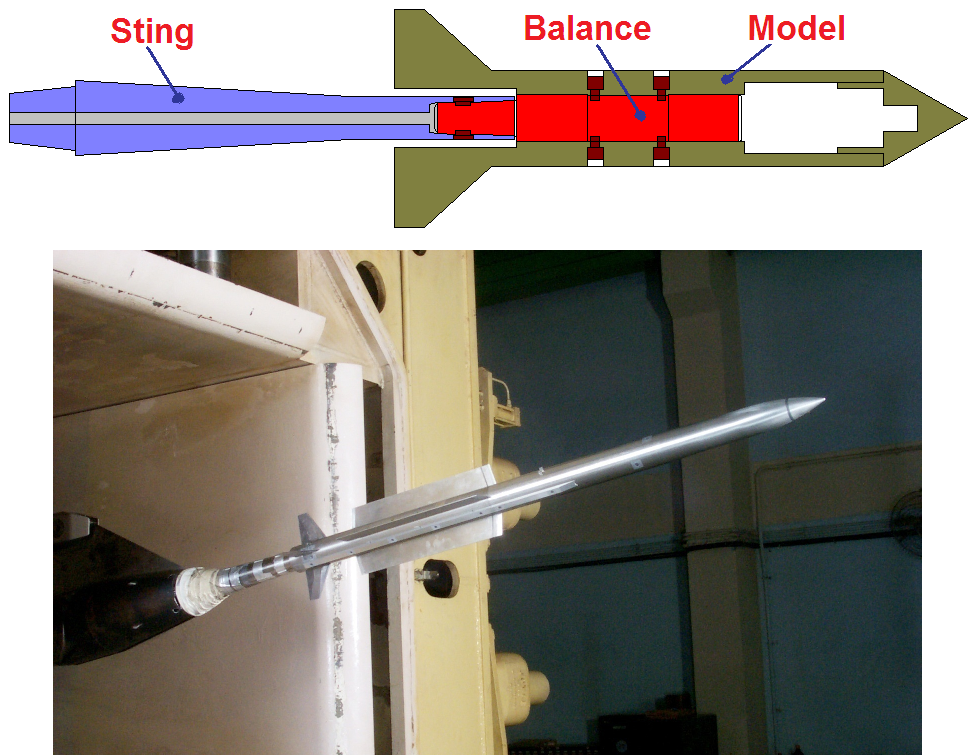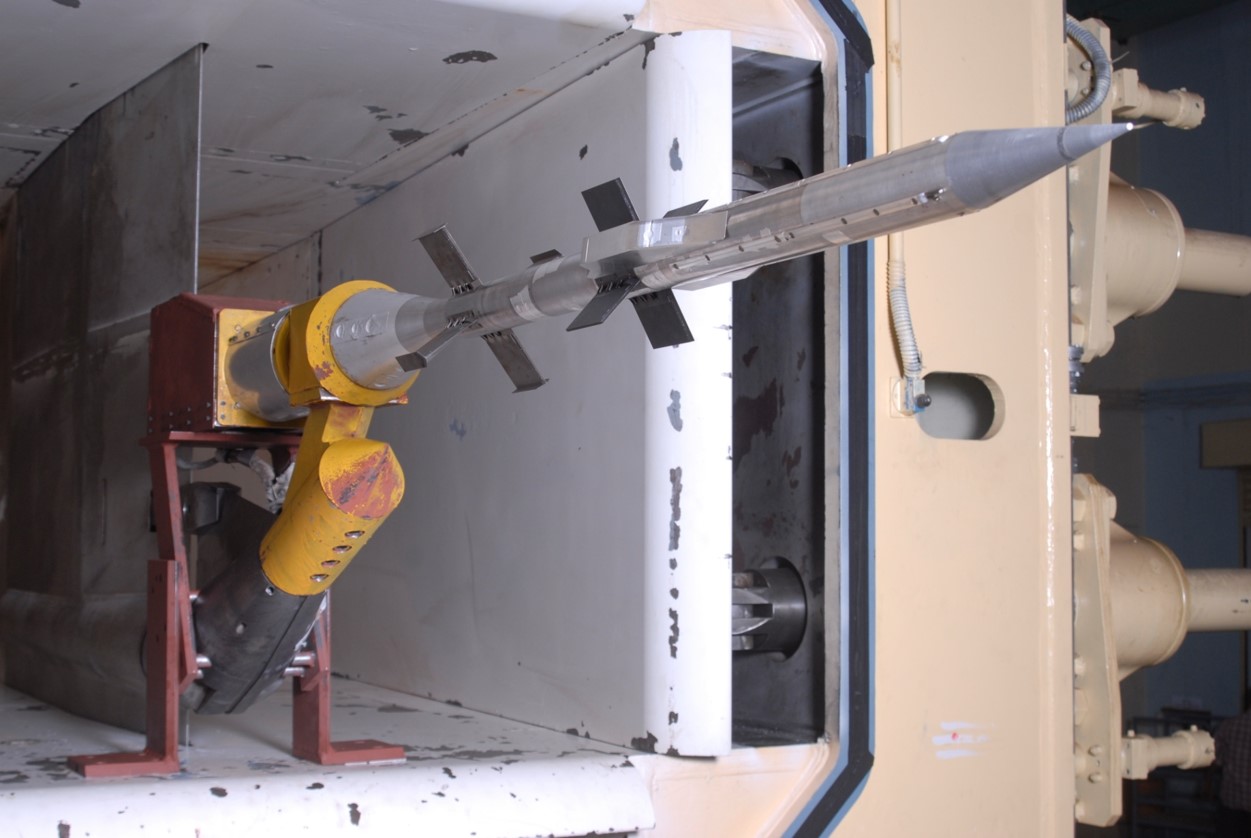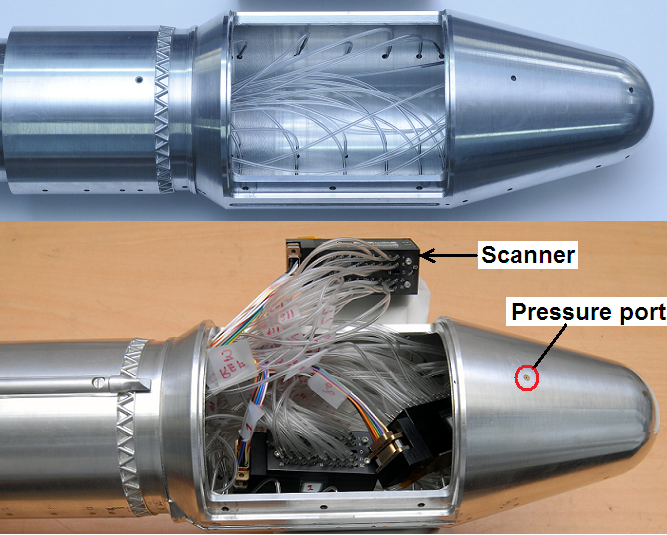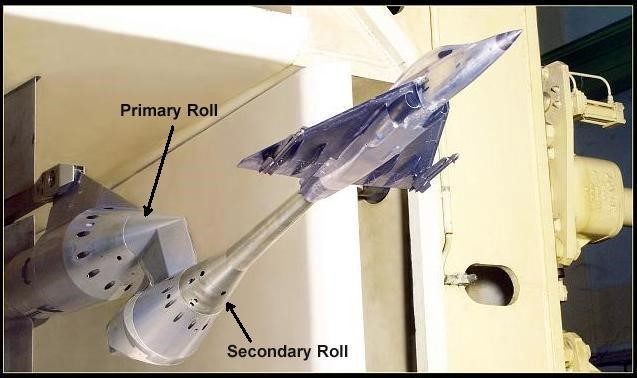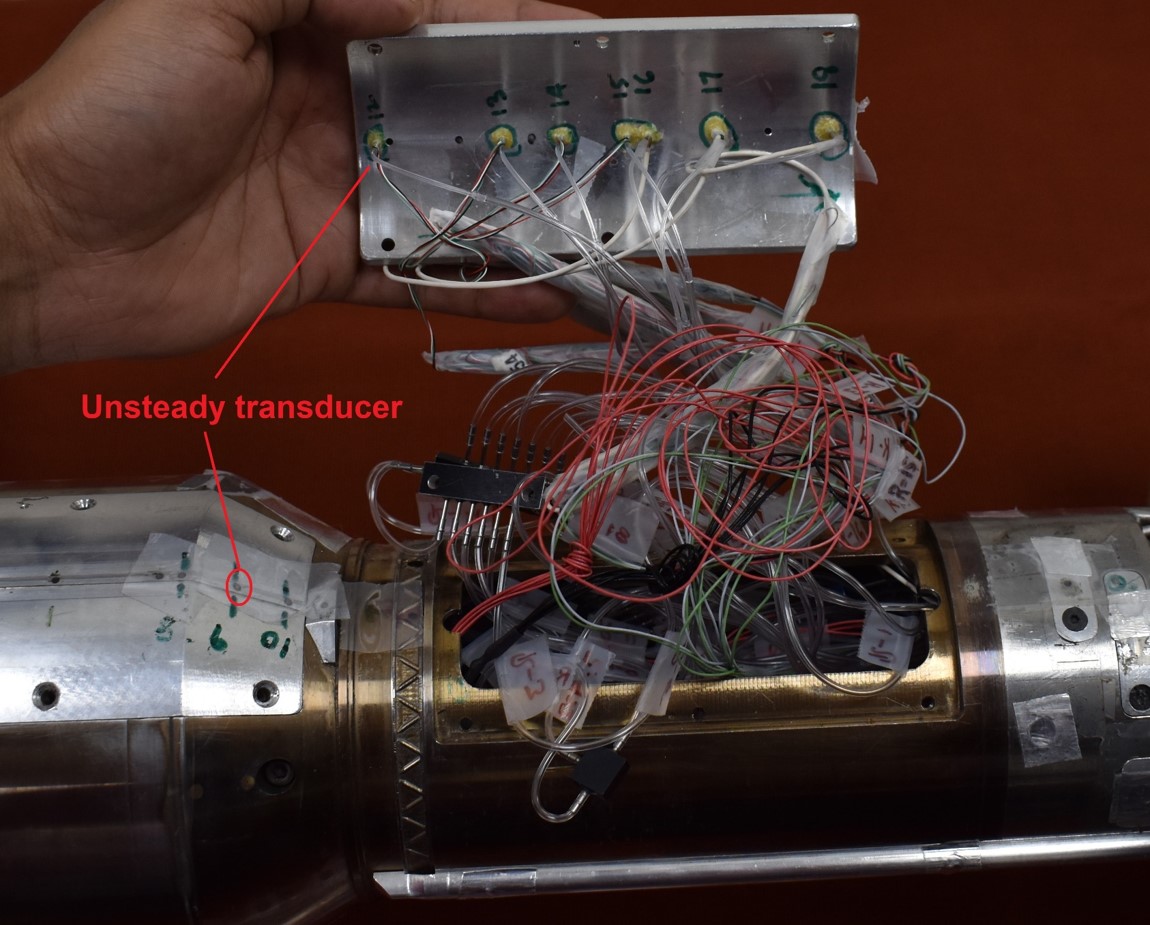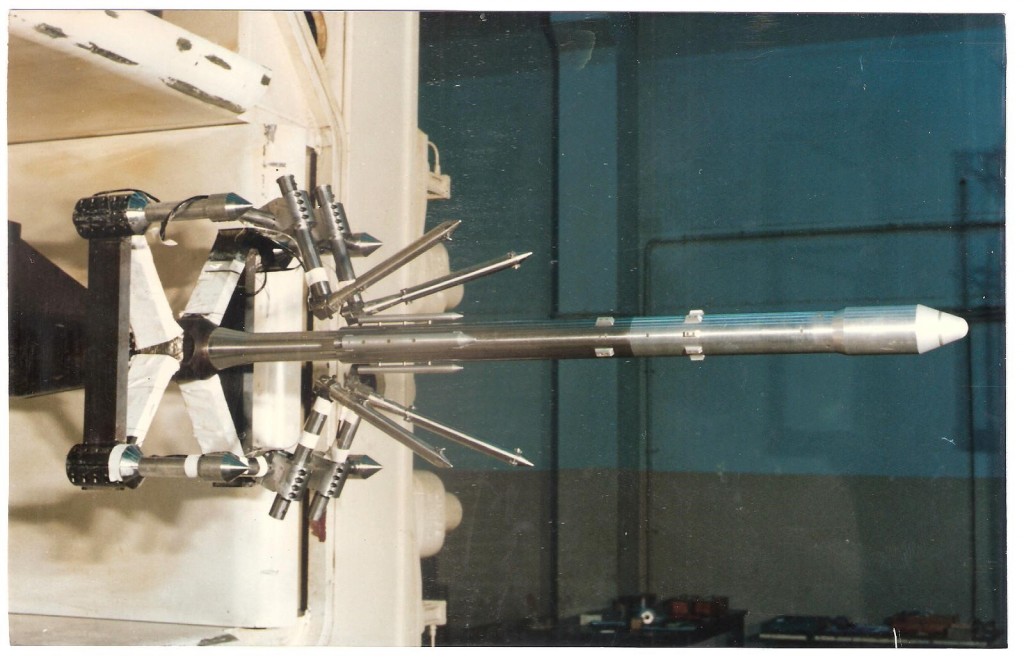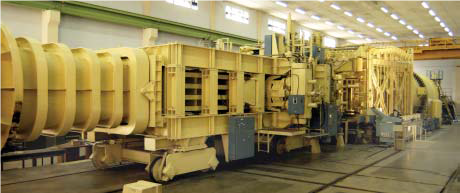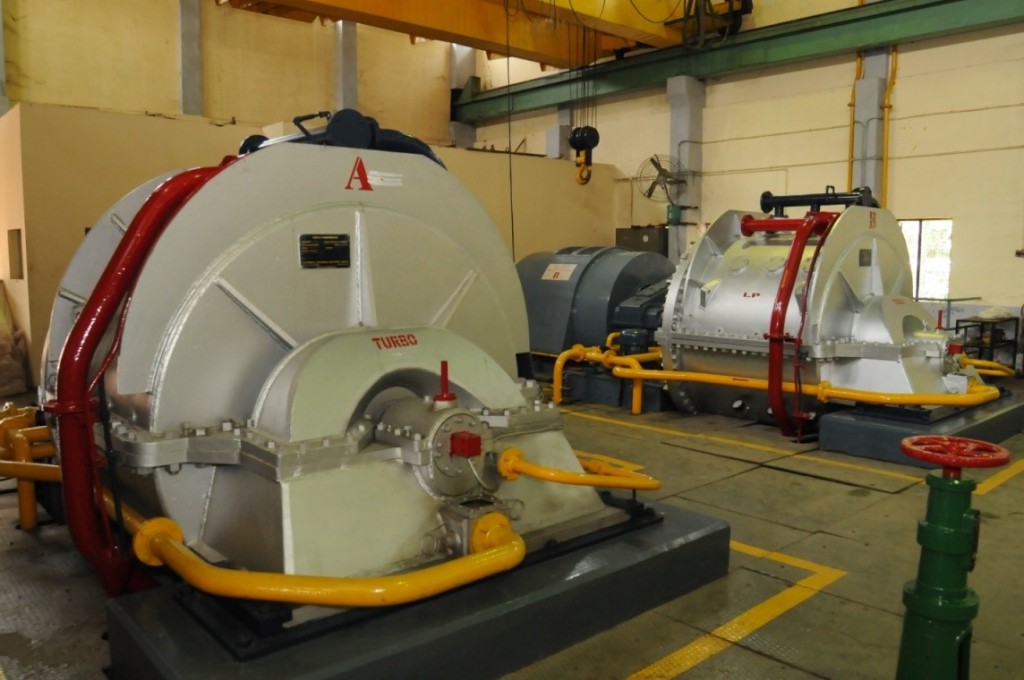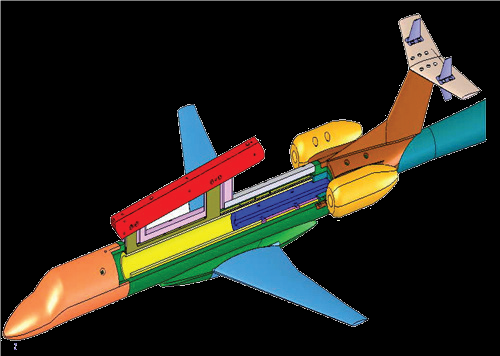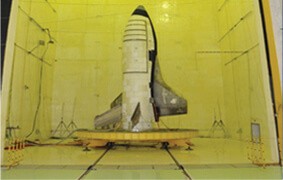The National Trisonic Aerodynamic Facilities (NTAF) division of CSIR-NAL has been serving the country as a nucleus of research and development in high speed aerodynamics since the last five decades. Every Indian aerospace vehicle has graduated out of CSIR-NAL’s 1.2m x 1.2m trisonic wind tunnel. The NTAF is well known for its long and proven experience in providing high quality vital and strategic experimental aerodynamic data required for complex aerospace programmes of the country with the unique ability to develop novel and advanced test techniques. The NTAF is operated as national facility founded by three major users viz., ISRO, DRDO and CSIR and maintained by CSIR-NAL. The NTAF has contributed immensely to all the National programmes of CSIR-NAL, DRDO, ISRO and HAL with utmost security and confidentiality. The major test facilities in NTAF are the 1.2m and 0.6m Trisonic wind tunnels with the auxiliary facilities viz., electrical substation, compressed air facility, design and manufacturing section. The esteemed 1.2m trisonic wind tunnel, which is considered the workhorse of the country in the strategic aerospace sector, has already completed 50 years of glorious service to the nation. The NTAF presently ranks best amongst such facilities in the world, and is an active member of Supersonic Tunnel Association International (STAI).
Major test capabilities
-
Force and moment measurements
-
Unsteady pressure measurements
-
Steady pressure measurements
-
Hinge moment measurements
-
Air-intake tests
-
Half-model support system
-
Multi-booster separation studies
-
Store carriage and separation tests
-
Forced oscillation technique for dynamic derivative measurements in pitch and yaw
-
Roll damping derivative measurements
-
Aero-elastic testing
-
Helmet tests
-
Parachute tests
-
Flow visualization techniques
-
Stage separation studies
-
Component load measurements
-
Aerodynamic probe calibration
-
Pressure Sensitive Paint (PSP)
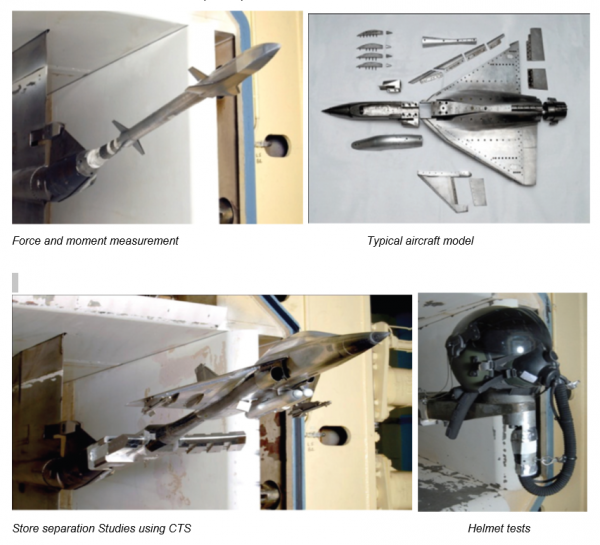

Tunnel Control System
The Integrated Tunnel Control System (ITCS) is based on a standard PC with real time hardware built into it. The control logic elements are interfaced to the computer through opto-isolation interface hardware for high level noise immunity, while high level reliability is provided by the minimal hardware based design. The control software is designed to be menu driven, operator independent, interactive and fully message oriented and is built with necessary safety and emergency routines.
Data Acquisition System (DAS)
-
NI based 24 channel DAS
-
48 channel high-speed DAS for unsteady pressure data upto 40 kHz.
-
24 channel high-speed wireless system for simultaneously acquisition of unsteady pressure data for 10 kHz.
-
DSP based automatic system for pitch and yaw damping derivatives using Forced Oscillation Rig.
-
Multi port steady pressure measurements using 32/ 16 port scanners.
Data Processing and Analysis
The host HP-server networked with DAS in 1.2m and 0.6m wind tunnels is used for data processing and archival. Database Management and analysis packages developed internally provide quick data analysis.
Strain Gauge Balances
Expertise in design, manufacturing, gauging and calibration of balances of different load ranges for conventional as well as special applications. Balance calibration using manual and automatic calibration (ABCS) rigs.
Model Support Systems
Sting, ventral or dorsal strut, side strut support system, α- and β- sweep using Twin Roll Model support (TRMS) and Half-model support system.
Major Facilities
-
1.2m Trisonic Wind Tunnel
-
0.6m Trisonic Wind Tunnel
-
Design Section
-
Compressed Air Facility


 English
English हिन्दी
हिन्दी




















































